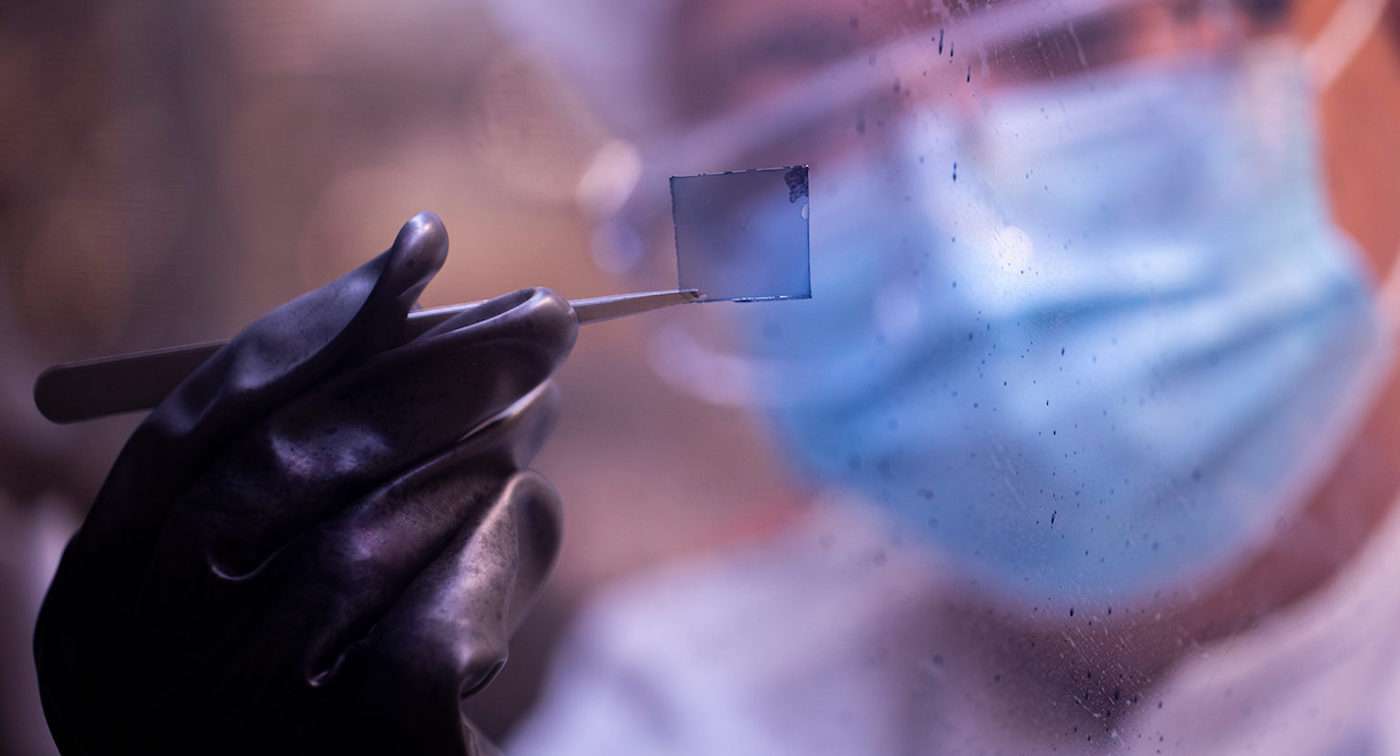Alzheimer's Research Has Found a Protein That Protects Against The Disease
Alzheimer's disease spreads faster in mice genetically engineered to lack LANDO (LC3-associated endocytosis), new research finds.

In labs around the world, scientists and engineers are working to transform skyscrapers into giant solar energy-generating pylons.
This has been made possible by a seemingly fictional invention that has appeared over the last few years-organic, transparent solar cells that when inserted into panes of glass, absorb sun and turn it into electricity to power the building.
A team from the University of Michigan contributed massively to this research, which was supported by the U.S. Dep. of Energy, by recently breaking the established scientific record for conversion efficiency (8.1%) and transparency (43%) in their carbon-based solar cells inserted into window glass, turning it to a slightly greyish-green tint like sunglasses or car windows.
"The new material we developed, and the structure of the device we built, had to balance multiple trade-offs to provide good sunlight absorption, high voltage, high current, low resistance and color-neutral transparency all at the same time," said Yongxi Li, an assistant research scientist in electrical engineering and computer science who participated in the record breaking.
In addition, the researchers developed optical coatings which when applied to the glass, as is often the case with treated windows on skyscrapers, boost both power generated from infrared light and transparency in the human-visible range-two qualities that are usually in competition with one another.
This has been made possible by a seemingly fictional invention that has appeared over the last few years-organic, transparent solar cells that when inserted into panes of glass, absorb sun and turn it into electricity to power the building.
A team from the University of Michigan contributed massively to this research, which was supported by the U.S. Dep. of Energy, by recently breaking the established scientific record for conversion efficiency (8.1%) and transparency (43%) in their carbon-based solar cells inserted into window glass, turning it to a slightly greyish-green tint like sunglasses or car windows.
"The new material we developed, and the structure of the device we built, had to balance multiple trade-offs to provide good sunlight absorption, high voltage, high current, low resistance and color-neutral transparency all at the same time," said Yongxi Li, an assistant research scientist in electrical engineering and computer science who participated in the record breaking.
In addition, the researchers developed optical coatings which when applied to the glass, as is often the case with treated windows on skyscrapers, boost both power generated from infrared light and transparency in the human-visible range-two qualities that are usually in competition with one another.
Both versions of their cells can be manufactured at large scale, using materials that are less toxic than other transparent solar cells, and they can be placed in between the panes of double-glazed windows.
The transparent organic solar cells can also be customized for local latitudes, taking advantage of the fact that they are most efficient when the sun's rays are hitting them at a perpendicular angle.
While they haven't yet brought any of their remarkable technology to market, another company looking to turn skyscraper windows into electricity-rich solar panels is already making profits.
Another set of engineers and scientists looking to help change the way skyscrapers power themselves is UBiQD, a development-stage company manufacturing nano-crystals in Los Alamos, New Mexico.
Calling their technology "Quantum Dots" in reference to their size (it would take 100,000 of them to span the width of your fingernail) they are used to make solar-powered windows that operate in a truly mind-boggling fashion.
CHECK OUT: First Hybrid Floating Ocean Platform Can Generate Power From Waves, Wind, And Solar
Like tiny nano-onions, their layers protecting the light-emitting core, they are laminated onto a window pane where their crystalline structure captures sunlight and emits it through internal reflection outward in a two-dimensional grid towards the edges of the window pane.
Once there, the frame in which the glass is fitted can absorb the photovoltaic energy and convert it into electricity without the need for wires or other components to appear on the glass, thereby disrupting the view out of the window.
"A minimal photovoltaic profile and efficiently designed electronics allow UbiQD solar windows to fit into existing manufacturing and installation practices, making for a truly ubiquitous solar window," explains the company website.
The company is also using another configuration of Quantum Dots to power a warp-speed jump in greenhouse technology. Greenhouse windows treated with special Quantum Dots will actually convert part of the sunlight's blue spectrum during absorption.
Upon exit, the blue light becomes red, thereby increasing the potency of the plants natural photosynthesis processes.
Power Up With Positivity By Sharing The Good News With Your Friends On Social Media…
Be the first to comment